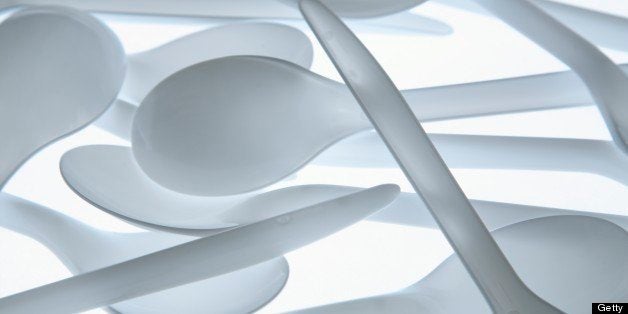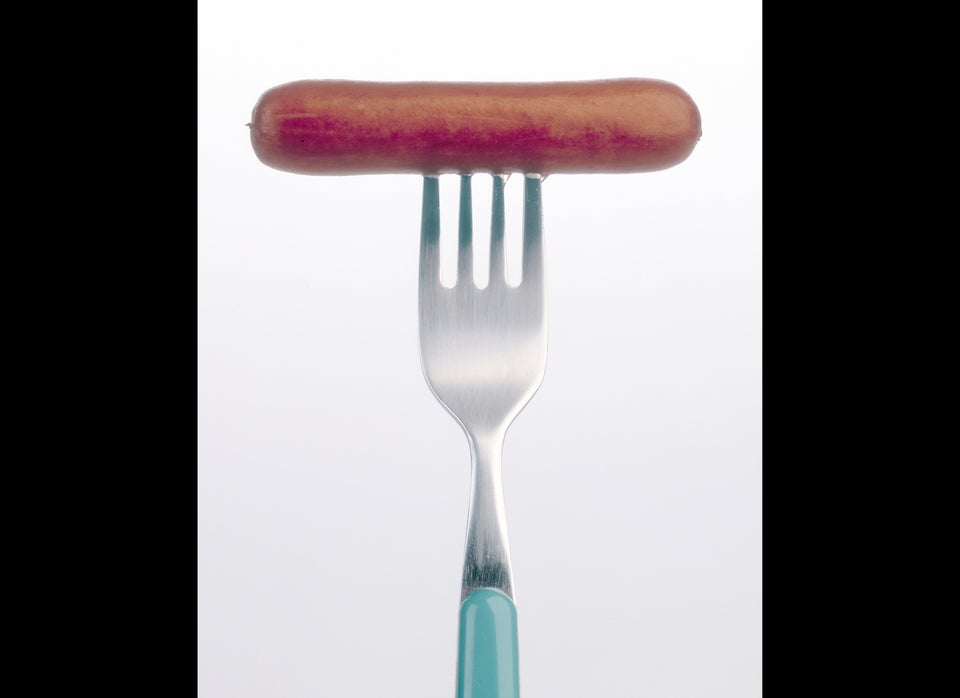
Your utensil could have an impact on your eating experience, according to a new study.
Researchers from the University of Oxford found that the color of a utensil, kind of utensil and material of a utensil can all factor into how food tastes or feels in our mouths.
"Subtly changing eating implements and tableware can affect how pleasurable, or filling, food appears," study researcher Dr. Vanessa Harrar said in a statement. The findings could be used to "help control eating patterns such as portion size or how much salt is added to food. Alternatively, people may be able to make better food choices if their ingrained color associations are disrupted by less constant advertising and packaging."
The study, published in the journal Flavour, included three separate experiments. For the first experiment, researchers had study participants eat yogurt from different spoons, including a plastic spoon and a "heavy" teaspoon. When yogurt was eaten from the plastic spoon, they reported that it tasted "denser and more expensive," while yogurt eaten from the heavy teaspoon was considered the "least dense, least expensive, and as one of the least liked, but it was also rated as the sweetest."
For the second experiment, researchers sought to understand if the color of the spoon mattered. When study participants ate white-colored yogurt from a white spoon, they said that it tasted sweeter and more expensive, compared with pink-colored yogurt eaten from a white spoon.
And in the third experiment, researchers had study participants sample cheese from different kinds of cutlery, including a toothpick and a knife. The participants were more likely to say that the cheese was saltier if they ate it from a knife. Since most people don't eat cheese with knives, "this unusual behaviour might perhaps have caused the increase in perceived saltiness," the researchers noted in the study.
"Alternatively, experience may play a role. In cheese shops, samples are often given directly from the knife," they wrote. "Cheese shops often sell more aged, therefore saltier cheeses. Eating cheese from the knife may therefore have brought out additional perceived saltiness. Cheese samples given out at cheese shops or food stores are one of the few times where extrapolating from single sample laboratory conditions seem to mimic real life."
Recently, European researchers found that the color of a cup can affect the way a drink tastes, too. Researchers from the University of Oxford and the Polytechnic University of Valencia found that hot chocolate seems to taste better when its drunk out of an orange or cream-colored cup, compared with a white or red colored cup, Agence France Press reported.
